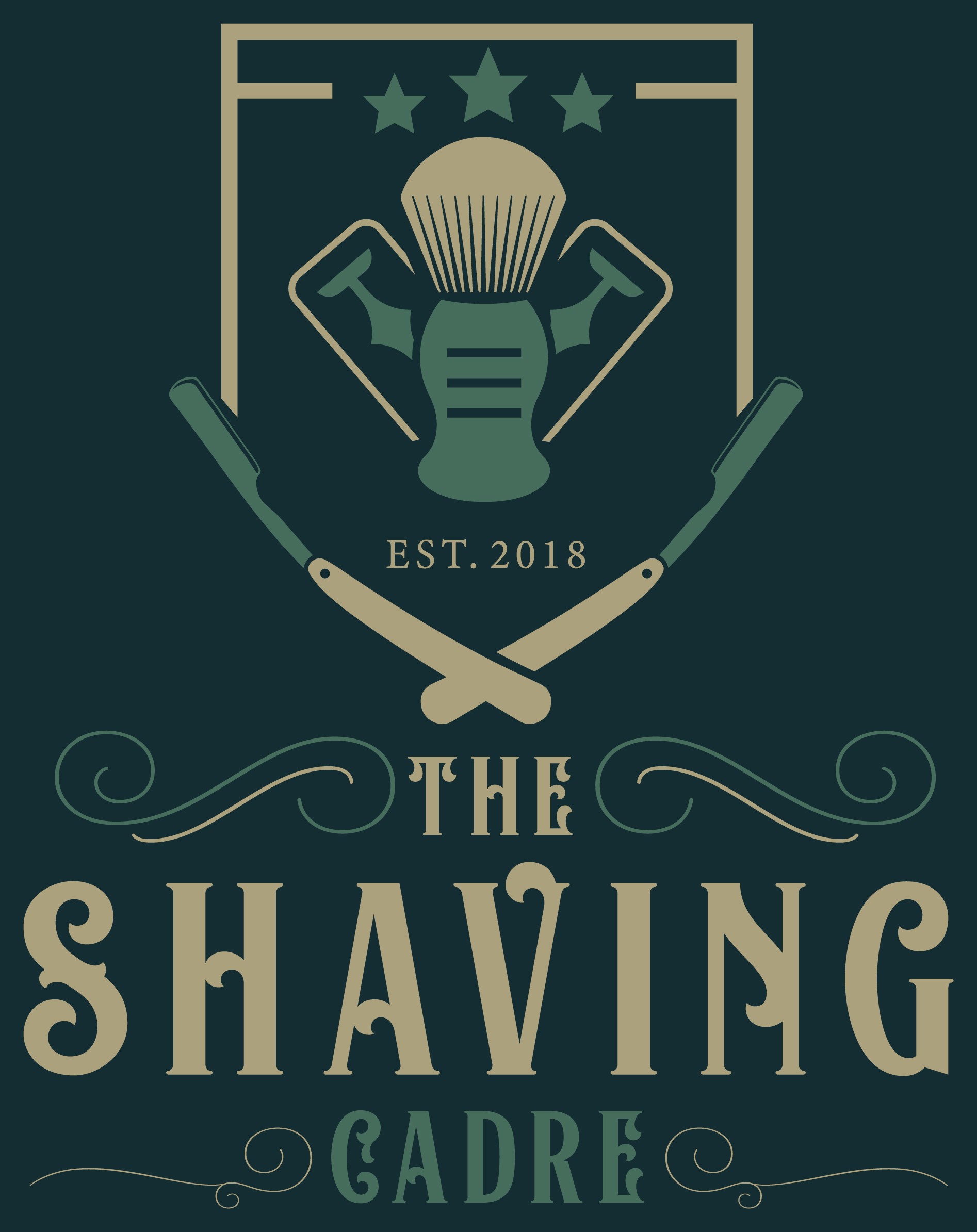There are a few versions of "vintage" formulas, some are FAR better than the more modern ones while others are better without being outstanding (my opinion/observation). In its simplest form the formulas don't seem so significantly different as to explain what most feel is an obvious difference in performance between the very old and the very new versions. It's true, we can read the label and SEE differences in the ingredient list between the various vintages and the pucks still on the shelf today...but at its core the 'soapy' parts are probably still made up of pretty much the same or very similar guts. So why the (obvious?) difference in quality and performance? Some would argue there is no difference, I am not one of them (but I acknowledge they exist).I had thought the same thing. If they came back with the real vintage formula and went after the "artisan" shave market, at $5-$8 a puck it is still a fine deal.
I think TIME and HOW it is/was made are 2 factors that are underestimated. I have a few theories as to why/how TIME improves the way a GOOD old fashioned soap performs, I could be wrong but if I am right simply being 'aged' makes vintage Williams better (even if all it does is make what was an awful scent more tolerable). I think HOW the soap is/was made is actually the biggest factor though. Many of today's modern soaps are 'constructed' rather than 'cooked'. This means that rather than combining raw oils/fats with lye and steaming or boiling to turn into soap (saponify), modern soap makers might use a mix of raw and pre-saponified fats and oils to speed up the cook time or cut cost. The final ingredient label might read similarly but how they got there has most likely changed over time. This could explain why people report certain vintage versions are better or worse than others, as the brand was evolving or being merged into others the method of production may have changed even if the basic formula didn't.
I guess what I am saying is I think maybe Williams could have survived had it stayed true to the "old" ways of soap making and priced itself accordingly. On the other hand, it was pretty cool that they managed to make a decent example of a Mug Soap for SO long and keep the price SO low. I for one will be sad to see it gone from the drug/grocery store shelf.
AND. I would be remis if I did not use this opportunity to remind EVERYONE who stumbles this far into this thread that CBLsoap's Tonsorial is a Vintage Williams clone, cooked and formulated to perform as close to Williams Tonsorial as I could manage without going back in time.

